Introduction
Artificial intelligence (AI) has made significant strides in a wide range of fields, from healthcare to finance, but one of the most intriguing and often debated areas is its role in the arts. Traditionally seen as a domain where human intuition, emotion, and creativity reign supreme, art is now being reshaped by AI algorithms that can compose music, create visual art, and even generate film scripts. This fusion of technology and creativity is not only changing the way art is created but also challenging our understanding of authorship, originality, and the very nature of creativity. This article explores how AI is influencing various artistic fields, its potential to enhance human creativity, and the ethical and cultural questions that arise from AI-generated art.
1. AI’s Role in the Creative Process
1.1 AI as a Tool for Artists
One of the primary ways in which AI is entering the world of art is as a powerful tool for artists. Far from replacing human creativity, AI is being used as a collaborator. Artists are increasingly turning to machine learning algorithms, neural networks, and deep learning models to enhance their work or spark new ideas. These systems can process vast amounts of data, analyze patterns, and generate novel outputs that may inspire human creators in ways previously unimagined.
For example, in music composition, AI programs like OpenAI’s MuseNet and Google’s Magenta are capable of creating original pieces in various genres, from classical to contemporary. Similarly, AI is helping visual artists experiment with styles, color schemes, and visual forms. These tools can generate hundreds of iterations of a piece in a fraction of the time it would take an artist, offering endless possibilities for creative exploration.
1.2 AI-Generated Art and Its Capabilities
AI is also capable of generating entirely new pieces of art on its own. Using models trained on large datasets of existing artworks, AI systems can create paintings, sculptures, and even digital art that mimic the styles of famous artists or break new ground entirely. For instance, algorithms like DeepArt or DALL·E by OpenAI can generate highly realistic or abstract artwork from textual descriptions. These systems analyze patterns from various sources—whether it be the color palette of Van Gogh or the brushstrokes of Picasso—and recreate art with stunning originality.
In literature, AI has been used to write poetry, short stories, and even full-length novels. GPT-3, the language model developed by OpenAI, can generate coherent and contextually rich narratives, often indistinguishable from work created by human authors. While these texts may lack the emotional depth or personal experience of human creators, they still open the door for new forms of expression.
2. AI in Music Composition
2.1 AI-Composed Music and Its Impact
The music industry has embraced AI as a creative partner, enabling composers to create complex soundscapes and melodies with the help of algorithms. AI-driven programs like Jukedeck (acquired by TikTok’s parent company ByteDance) and Amper Music allow musicians to generate royalty-free compositions for use in commercials, films, and other media. These systems can compose music in various genres, from ambient and electronic to orchestral, and can do so in a matter of minutes.
AI-generated music has also been used to create new sounds and styles that wouldn’t have been possible through traditional methods. By analyzing large datasets of existing music, AI can mix genres, innovate harmonies, and introduce novel rhythms that inspire musicians and producers. This collaboration between humans and machines is opening up new horizons for both musicians and listeners.
2.2 Enhancing Music with AI: Collaboration and Experimentation
Instead of replacing human musicians, AI is seen as a tool to aid in the composition process. AI can help musicians experiment with new ideas, suggest variations on existing tracks, or generate parts of a song that the artist can build upon. For example, AI systems can be used to write melody lines, harmonize existing music, or produce backing tracks that musicians can tweak and refine. This symbiosis between human creativity and machine efficiency is not only pushing the boundaries of music production but is also fostering collaboration between artists and technology.
Moreover, AI has the potential to democratize music creation, enabling anyone to compose music without requiring traditional knowledge of musical theory or access to expensive studio equipment. Platforms like Soundraw and AIVA (Artificial Intelligence Virtual Artist) allow people with minimal experience to create professional-sounding music simply by inputting parameters like mood, tempo, or genre.
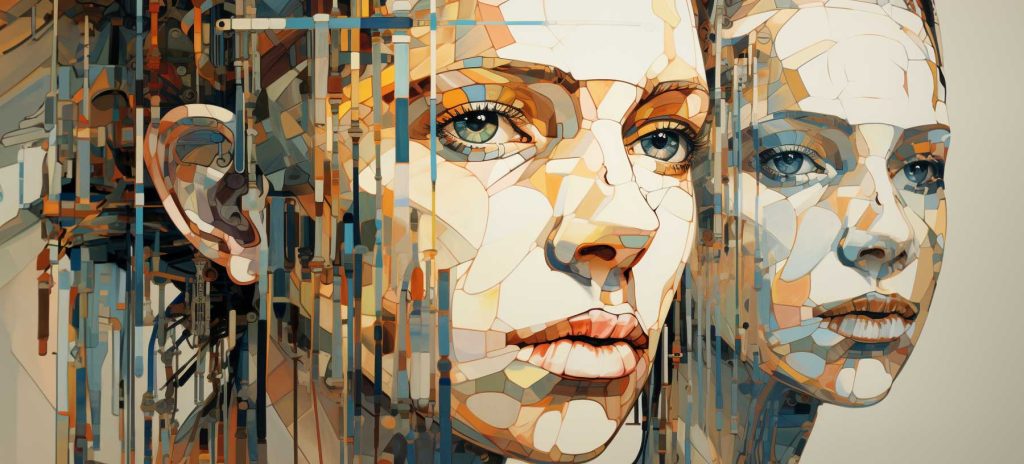
3. AI and Visual Art: Redefining Artistic Creation
3.1 AI in Visual Arts: Creating New Aesthetics
AI is transforming the visual arts by generating innovative and often surreal artworks. Using deep learning models like GANs (Generative Adversarial Networks), AI systems can create hyper-realistic images, reinterpret traditional art styles, and produce entirely new forms of artistic expression. GANs consist of two neural networks: a generator and a discriminator. The generator creates images based on input data, while the discriminator evaluates them against existing images to determine authenticity. Over time, the generator refines its output, producing art that is increasingly sophisticated and unique.
Artists and technologists have used AI to generate everything from photorealistic portraits to abstract digital art. For instance, AI programs like DeepDream and Artbreeder have been used by artists to explore new visual language, combining surrealism with hyperrealism. In some cases, AI-generated art has been sold for millions of dollars at auction, raising questions about authorship, value, and authenticity.
3.2 Ethical Implications of AI-Generated Art
While AI-generated visual art has become a popular medium, it also brings up a range of ethical and cultural concerns. One key issue is authorship—if a machine creates a piece of art, who owns the rights? Is it the AI programmer, the user who guided the AI, or the machine itself? Current intellectual property laws are not equipped to address these questions, and the debate continues to unfold as AI-generated art gains prominence in the art world.
Another concern is the potential for AI to be used inappropriately, either by copying or stealing existing human-created art. AI systems trained on large datasets of existing artwork might unknowingly reproduce elements from copyrighted works, leading to questions about plagiarism and copyright infringement. As AI becomes more advanced, ensuring that it is used ethically and responsibly becomes increasingly important.
4. AI in Film and Literature: Writing and Directing the Future
4.1 AI and Storytelling: From Scriptwriting to Directing
AI’s influence in the film industry is expanding rapidly. From scriptwriting to special effects, AI is changing the way films are made. AI tools like ScriptAI and Plotagon assist writers in generating plot ideas, dialogue, and entire screenplays. These tools use deep learning algorithms to analyze successful scripts and then generate new stories based on patterns they find.
AI is also making its way into the realm of directing, with AI systems being used to help filmmakers with editing, pacing, and even color grading. In fact, AI programs can now edit raw footage more quickly and with greater precision than human editors, saving time and resources on productions. AI’s ability to predict audience reactions to specific elements—such as plot twists, character development, or emotional arcs—also allows filmmakers to optimize their films for maximum impact.
4.2 The Future of AI in Literature
In literature, AI’s involvement in storytelling is growing, with systems like GPT-3 able to write coherent stories, poems, and articles. While AI-generated narratives may lack the emotional depth and nuance of human-authored works, they can still capture structure, dialogue, and character arcs in compelling ways. Some writers use AI to generate first drafts or brainstorming ideas, speeding up the creative process and providing new perspectives on storytelling.
AI has also shown the potential to create “interactive” or “adaptive” literature, where the story changes based on the reader’s input. This opens up new possibilities for personalized storytelling, where the reader can directly influence the narrative’s direction.
5. Cultural and Ethical Impacts of AI-Generated Art
5.1 Redefining Creativity and Authorship
One of the most significant cultural debates surrounding AI and creativity is the question of what it means to be “creative.” Traditionally, creativity has been viewed as a uniquely human trait, driven by emotion, experience, and intuition. AI challenges this notion, as machines can now generate art that appears equally creative, if not more so, than human-produced works. This shift raises philosophical questions about the nature of creativity itself—can machines truly be creative, or is it just a mimicry of human genius?
Additionally, the question of authorship is central to the ethical implications of AI-generated art. If an AI system produces a novel piece of music, who is the rightful creator? Is it the machine, the human who programmed it, or both? As AI becomes a more integral part of the creative process, legal and cultural definitions of authorship may need to evolve.
5.2 The Potential for Cultural Homogenization
Another concern is that AI could lead to cultural homogenization. As AI systems are trained on global datasets, they might favor certain styles or genres over others, potentially marginalizing diverse cultural expressions. AI’s reliance on existing data could also limit the originality of its outputs, as it essentially builds upon past human creations. While AI-generated art can create new combinations and forms, it may struggle to truly innovate or bring fresh perspectives to cultural practices.
6. Conclusion
AI is reshaping the creative industries by expanding the boundaries of what is possible in music, visual arts, literature, and film. Rather than replacing human artists, AI is becoming a powerful tool that enhances and collaborates with human creativity. However, this technological revolution brings with it important ethical and cultural challenges. Issues of authorship, originality, and the impact on human-driven creative fields require careful consideration. As AI continues to evolve, it will undoubtedly redefine the future of art, offering new opportunities for expression while challenging traditional notions of creativity and cultural ownership.

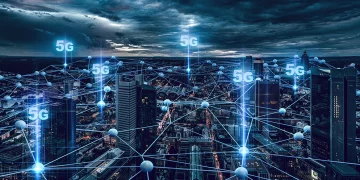
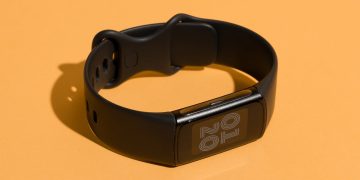

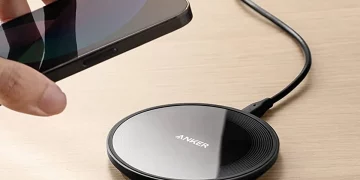















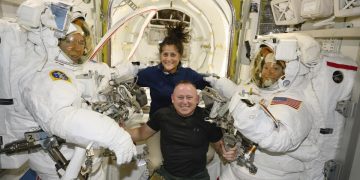
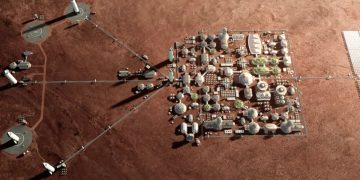
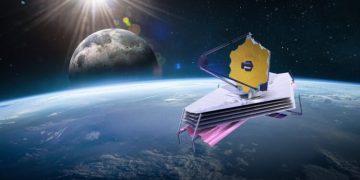





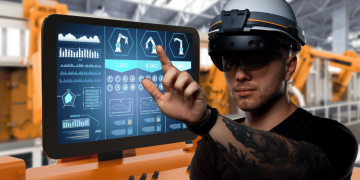
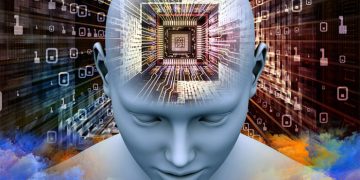
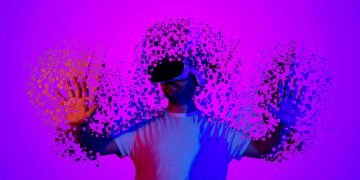













Discussion about this post